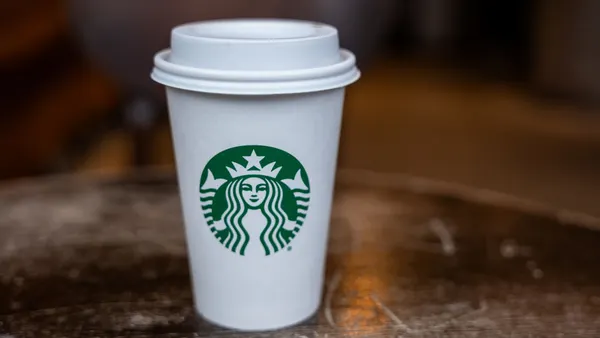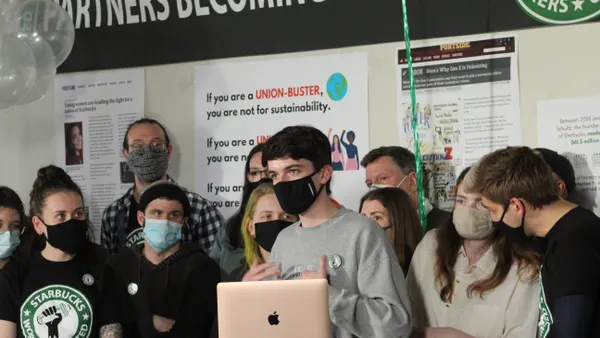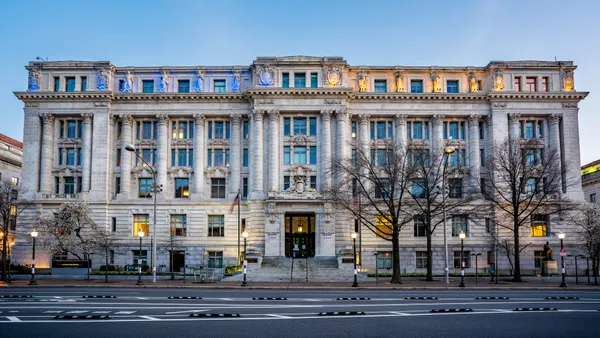Dive Brief:
- Thirty-eight percent of small restaurants are implementing hiring freezes because of inflationary pressures, and 4% are cutting staff to stay in business, according to Alignable, which polled 5,350 small business employers from May 10 to July 19.
- Overall, 60% of small business owners say their labor costs have increased, and 18% say wages are now 25% higher than they were pre-pandemic.
- Some small business owners told Alignable they are working longer hours themselves to fill the void.
Dive Insight:
As inflationary pressures reach a 40-year-high, businesses may have no choice but to implement hiring freezes, especially because menu price increases haven’t kept pace with operating cost increases. According to the National Restaurant Association, wholesale food costs are up as much as 18%, for instance, while labor costs are up more than 11% at most restaurants.
These conditions come amid the current backdrop of an ongoing labor shortage and growing demand among consumers. The industry added just under 41,000 jobs in June and remained about 728,000 jobs short of pre-pandemic levels — the highest level of unfulfilled jobs among all U.S. industries, per the NRA.
Without enough staff, restaurant demand won’t be met and sales will be left on the table. The inability to reconcile labor needs with demand may contribute to restaurant operators’ highest levels of pessimism since the Great Recession of 2008.
Even large chains continue to struggle with the labor equation. During McDonald’s earnings call on Tuesday, CEO Chris Kempczinski discussed some of the ways the chain is trying to fill labor gaps, such as using customer data to inform staff scheduling. Domino’s is also struggling to find drivers, which impacted its domestic same-store sales results in Q2. The chain said it is looking at more flexible work solutions for drivers to strengthen retention.
If there is a silver lining, it’s that food inflation seems to have peaked. Gas prices are also starting to come down, which will benefit operators.
These trends could also entice consumers to dine out more, however, which may exacerbate challenges for understaffed restaurants. Customer satisfaction scores for independents and small chain restaurants dropped this year as the labor shortage persisted.









